
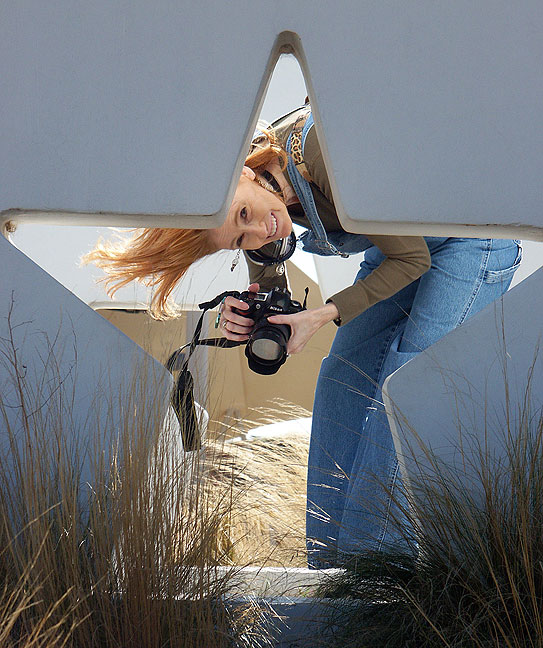
Nikon struggled and stumbled in the early 2000s, as did many companies, with how to adapt to the coming digital era.
On more than one occasion, Canon took big steps ahead that Nikon didn’t, and more than a few photographers switched entire systems during that period.
Nikon’s flagship cameras, the D2H and the D2X, were behind the curve even when they were introduced, while their Canon contemporaries, the 1D Mark II and the 1Ds Mark II, had twice as many pixels and were nearly twice as fast.
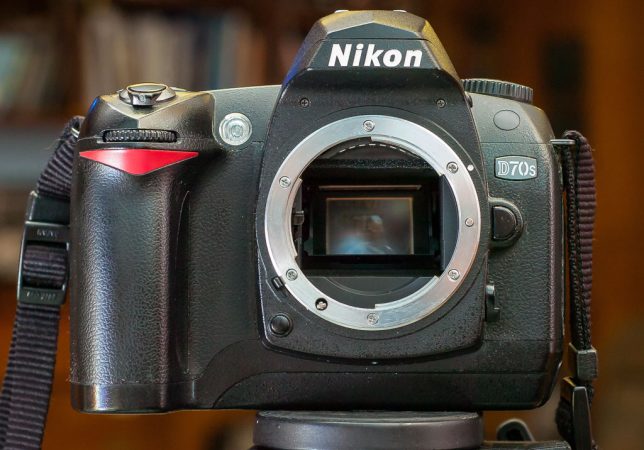

In 2004, Nikon introduced the D70, a lighter, smaller, more affordable DSLR than either of the D2 series, and photographers snatched them up, some even asserting that it was Nikon’s “only” professional camera. In 2005, Nikon offered the D70S with some incremental updates to the D70. At that point my newspaper and I traded my two Nikon F100 film cameras for a D70S, and in the summer before Abby and I travelled to South Dakota on our vacation, Sundance, we bought a D70S for her.
The D70S was head and shoulders above the Nikon D100, which I reviewed in August. Some observations…
- The D70S has a fairly weak anti-aliasing filter, so fine lines and and repeating patterns can exhibit the “Christmas tree lights” effect.
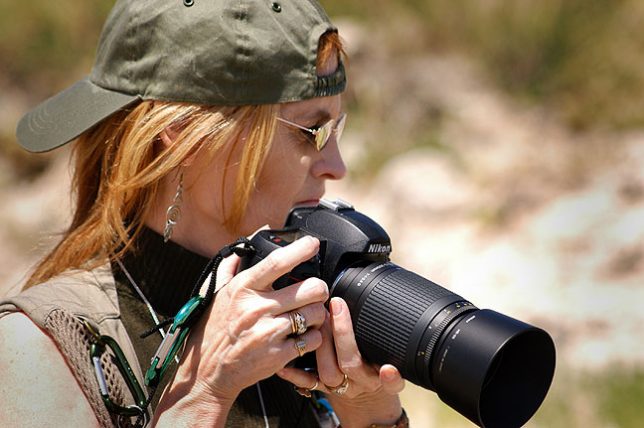
- At six megapixels, the D70, D70S and D100 were right in the middle of the count or the era. Nikon’s D2H had four, and the D2X had 12.

- JPEGs straight out of the camera tend to be too yellow. Both Abby’s camera and my work one did this. It required a deep menu adjustment. This might have been Nikon’s counter reaction to their previous cameras exhibiting JPEGs that were a little bluish.

The top LCD display on the D70S contains most of the important information you need. Many new entry-level cameras put this info on the display on the back of the camera to save space. Shutter operation is smooth, but limited to three frames per second, slow by news and magazine standards, even compared to the film days. Better, though, was the fact that files wrote to the CF card fast, and the D70S would keep shooting. I seldom filled the buffer and had to wait. This was a key failing of the D100, which would stall and stop after shooting just a few RAW files.
- The material covering the surfaces of the camera is a cheap plastic of some kind, and got slick soon after delivery. Eventually, Abby’s D70S’s surface got sticky as the plastic started to decay. Despite the D100’s shortcomings, this was one of the few things Nikon got right with it.
- Another key item that set the D70 above the D100 was the exposure mode dial. Important settings in the D100 required turning the dial to change them. The D70 and the D70S moved those to buttons in the back of the camera, so the exposure mode dial only controlled the exposure mode. This was an important step from Frankencameras to true digital cameras.

- Unlike the D100, Nikon never developed a battery grip for the D70. This is common on today’s entry-level.
- Unlike the D100’s magnesium alloy body, the D70 and D70S are mostly plastic.

- The D70S has a dedicated second (front) command dial, which is mostly missing on Nikon’s later entry-level cameras to save space. I find having two command dials indispensable.
- The D70 and its predecessors include the so-called “screwdriver” autofocusing connector on the lens mount so it will focus older AF lenses in the Nikkor lineup. None of Nikon’s entry-level cameras today include it, requiring lenses with built-in focus motors (AF-S) or a photographer willing to manually focus.
- ISO in the D70S is limited to 1600. I don’t care how noisy 3200 and 6400 might have been, Nikon; I needed those ISOs.
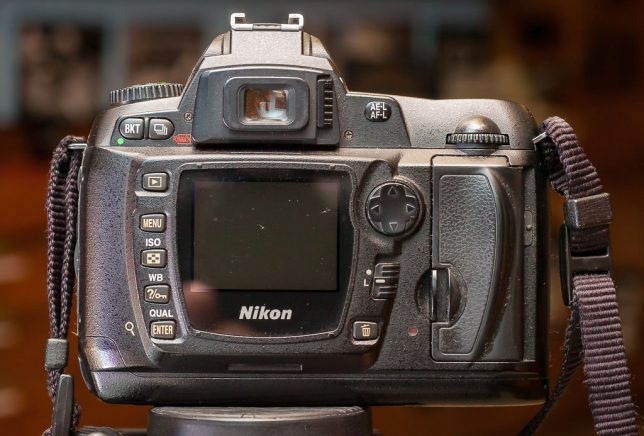

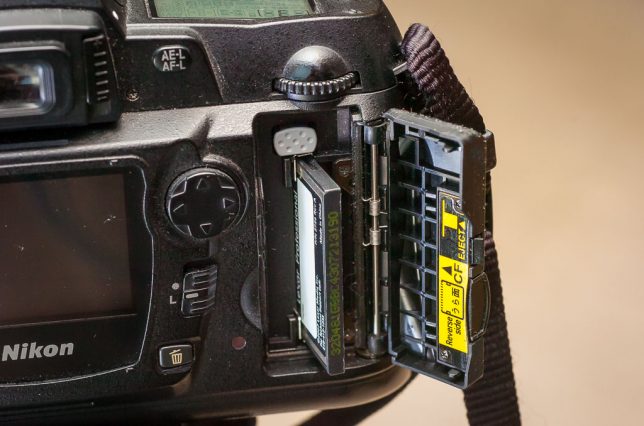
- The “kit lens” that came with the D70 series, the AF-S Nikkor 18-70mm f/3.5-4.5G, was a decent performer, sharp and lightweight, but with a stiff zoom ring that the longer focal lengths together, making fine zoom adjustments difficult. In addition to the Abby’s, I still have one in my bag at the office, which I use when I want to lighten up, like at ball games where I will only need a few wide angle frames.
Despite the pixel limitations and other shortcomings of digital cameras of the early 2000s, Abby and I were able to make great images that print well and stand the test of time. See Abby’s daughter’s wedding (link), which we shot entirely with two Nikon D70Ss.
Abby’s D70S still works to this day, but after about 30,000 frames, the one at my office died. It now lives in the trophy case in the front entrance to my newspaper.
